Don't wanna be here? Send us removal request.
Text
bucky: [takes a sip of a coca cola before spiting it out]
bucky: what the hell is that?
sam: ???? is there a problem with your pop?????????
steve: oh! i know the problem. buck, they dont make coca cola with cocaine anymore
bucky: what the fuck!
24K notes
·
View notes
Photo

Today we celebrate this anon, whom I have come to call “The wrongest person in the history of the internet”
43K notes
·
View notes
Photo



Chocolate bar in Microwave (Part-I)
Here’s a fun little experiment that anyone can conduct at home with a chocolate bar and a microwave oven.
Remove turntable from microwave (the plate that rotates)
Take a chocolate bar on a plate and place it inside microwave.
Heat for for 30-60 seconds on high.
You will notice that the chocolate would have melted in some regions and not in others (see image above). But don’t worry this is supposed to happen.

Source
A microwave works by setting up a standing wave inside it.
The size of the oven is chosen so that the peaks and troughs of the reflected microwaves line up with the incoming waves and form a “standing wave”.


The above is a 1D analog of a standing wave, but a 2D standing wave looks like so:

Source
And there are nodes and anti-notes in three dimensions throughout the entire oven.
At the anti-nodes is where the wave oscillates the most
And therefore a molecule placed at the anti-nodes will rub against each other more rigorously than the ones at the nodes.
More the rubbing, more the food the gets heated up.

This is why the chocolate in our image is melted in some regions (the anti-nodes) whether remains intact in others (the nodes).
If you take a ruler and measure the distance between two successive anti-nodes and plug it into the frequency-wavelength relationship, one can obtain the speed of light.

Source

But the key insight that one can gather from this experiment is the visual feel for how long the wavelength of a microwave actually is!
It’s a lot of fun to do this experiment on your own.

So we encourage everyone to give it a shot. We will take a break here and we will dwell into more microwave physics in part-II.
Have fun exploring !
918 notes
·
View notes
Photo


Texts From Superheroes
Facebook | Twitter | Patreon
1K notes
·
View notes
Text
No such thing as a sexy mindflayer...
“This has really ruined 50 Shades of Flay” –the young monk
1K notes
·
View notes
Photo

Texts From Superheroes
Facebook | Twitter | Patreon
Thanks to Andy Pannell for the text submission!
2K notes
·
View notes
Text
“Do human-sized jars exist? Oh wait, barrels.”
— The Druid
2K notes
·
View notes
Photo

Texts From Superheroes
Facebook | Twitter | Patreon
3K notes
·
View notes
Text
“Hey DM, if I’m a cannibal can I use Purify Food & Drink on people?”
— The answer was yes
3K notes
·
View notes
Photo

Texts From Superheroes
Facebook | Twitter | Patreon
1K notes
·
View notes
Text
Solar System: 10 Things to Know This Week
Planets Outside Our Solar System
Let the planet-hunting begin!
Our Transiting Exoplanet Survey Satellite (TESS), which will scan the skies to look for planets beyond our solar system—known as exoplanets—is now in Florida to begin preparations for launch in April. Below, 10 Things to know about the many, many unknown planets out there awaiting our discovery.
1—Exo-what?
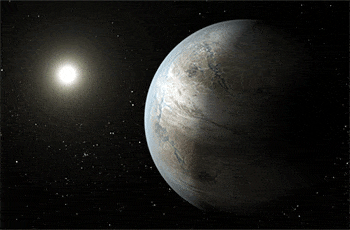
We call planets in our solar system, well, planets, but the many planets we’re starting to discover outside of our solar system are called exoplanets. Basically, they’re planets that orbit another star.
2—All eyes on TRAPPIST-1.

Remember the major 2016 announcement that we had discovered seven planets 40 light-years away, orbiting a star called TRAPPIST-1? Those are all exoplanets. (Here’s a refresher.)
3—Add 95 new ones to that.

Just last month, our Kepler telescope discovered 95 new exoplanets beyond our solar system (on top of the thousands of exoplanets Kepler has discovered so far). The total known planet count beyond our solar system is now more than 3,700. The planets range in size from mostly rocky super-Earths and fluffy mini-Neptunes, to Jupiter-like giants. They include a new planet orbiting a very bright star—the brightest star ever discovered by Kepler to have a transiting planet.
4—Here comes TESS.

How many more exoplanets are out there waiting to be discovered? TESS will monitor more than 200,000 of the nearest and brightest stars in search of transit events—periodic dips in a star’s brightness caused by planets passing in front—and is expected to find thousands of exoplanets.
5—With a sidekick, too.
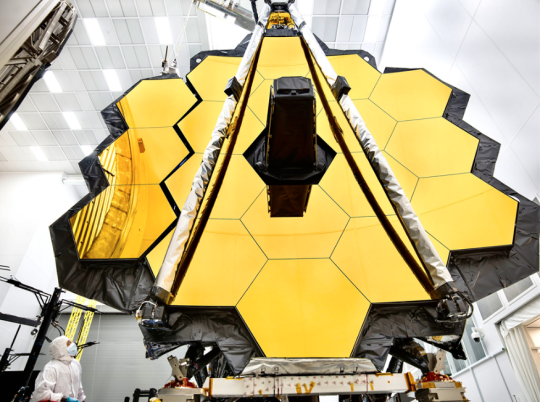
Our upcoming James Webb Space Telescope, will provide important follow-up observations of some of the most promising TESS-discovered exoplanets. It will also allow scientists to study their atmospheres and, in some special cases, search for signs that these planets could support life.
6—Prepped for launch.

TESS is scheduled to launch on a SpaceX Falcon 9 rocket from Cape Canaveral Air Force Station nearby our Kennedy Space Center in Florida, no earlier than April 16, pending range approval.
7—A groundbreaking find.

In 1995, 51 Pegasi b (also called “Dimidium”) was the first exoplanet discovered orbiting a star like our Sun. This find confirmed that planets like the ones in our solar system could exist elsewhere in the universe.
8—Trillions await.
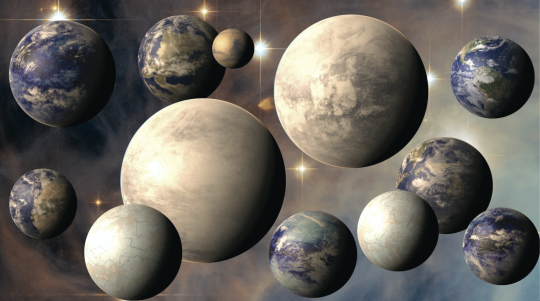
A recent statistical estimate places, on average, at least one planet around every star in the galaxy. That means there could be a trillion planets in our galaxy alone, many of them in the range of Earth’s size.
9—Signs of life.
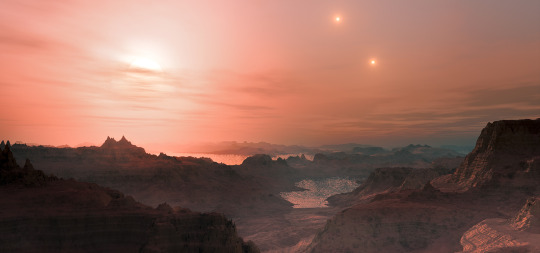
Of course, our ultimate science goal is to find unmistakable signs of current life. How soon can that happen? It depends on two unknowns: the prevalence of life in the galaxy and a bit of luck. Read more about the search for life.
10—Want to explore the galaxy?

No need to be an astronaut. Take a trip outside our solar system with help from our Exoplanet Travel Bureau.
Read the full version of this week’s ‘10 Things to Know’ article HERE.
Make sure to follow us on Tumblr for your regular dose of space: http://nasa.tumblr.com.
4K notes
·
View notes
Photo

Texts From Superheroes
Facebook | Twitter | Patreon
3K notes
·
View notes
Text
“We almost killed a bunch of people over a dildo.”
—
1K notes
·
View notes
Text
What's Inside SOFIA? High Flying Instruments

Our flying observatory, called SOFIA, carries a 100-inch telescope inside a Boeing 747SP aircraft. Having an airborne observatory provides many benefits.
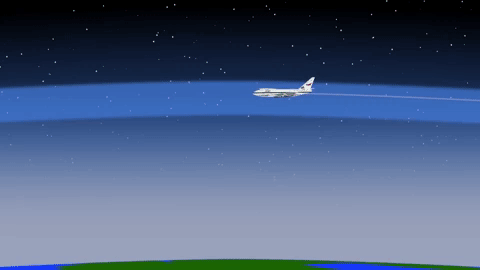
It flies at 38,000-45,000 feet – above 99% of the water vapor in Earth’s atmosphere that blocks infrared light from reaching the ground!

It is also mobile! We can fly to the best vantage point for viewing the cosmos. We go to Christchurch, New Zealand, nearly every year to study objects best observed from the Southern Hemisphere. And last year we went to Daytona Beach, FL, to study the atmosphere of Neptune’s moon Triton while flying over the Atlantic Ocean.

SOFIA’s telescope has a large primary mirror – about the same size as the Hubble Space Telescope’s mirror. Large telescopes let us gather a lot of light to make high-resolution images!

But unlike a space-based observatory, SOFIA returns to our base every morning.

Which means that we can change the instruments we use to analyze the light from the telescope to make many different types of scientific observations. We currently have seven instruments, and new ones are now being developed to incorporate new technologies.
So what is inside SOFIA? The existing instruments include:

Infrared cameras that can peer inside celestial clouds of dust and gas to see stars forming inside. They can also study molecules in a nebula that may offer clues to the building blocks of life…

…A polarimeter, a device that measures the alignment of incoming light waves, that we use to study magnetic fields. The left image reveals that hot dust in the starburst galaxy M82 is magnetically aligned with the gas flowing out of it, shown in blue on the right image from our Chandra X-ray Observatory. This can help us understand how magnetic fields affect how stars form.

…A tracking camera that we used to study New Horizon’s post-Pluto flyby target and found that it may have its own moon…

…A spectrograph that spreads light into its component colors. We’re using one to search for signs of water plumes on Jupiter’s icy moon Europa and to search for signs of water on Venus to learn about how it lost its oceans…

…An instrument that studies high energy terahertz radiation with 14 detectors. It’s so efficient that we made this map of Orion’s Horsehead Nebula in only four hours! The map is made of 100 separate views of the nebula, each mapping carbon atoms at different velocities.

…And we have an instrument under construction that will soon let us study how water vapor, ice and oxygen combine at different times during planet formation, to better understand how these elements combine with dust to form a mass that can become a planet.

Our airborne telescope has already revealed so much about the universe around us! Now we’re looking for the next idea to help us use SOFIA in even more new ways.
Discover more about our SOFIA flying observatory HERE.
Make sure to follow us on Tumblr for your regular dose of space: http://nasa.tumblr.com.
2K notes
·
View notes


